Is it essential to bring cash in Japan 2025?
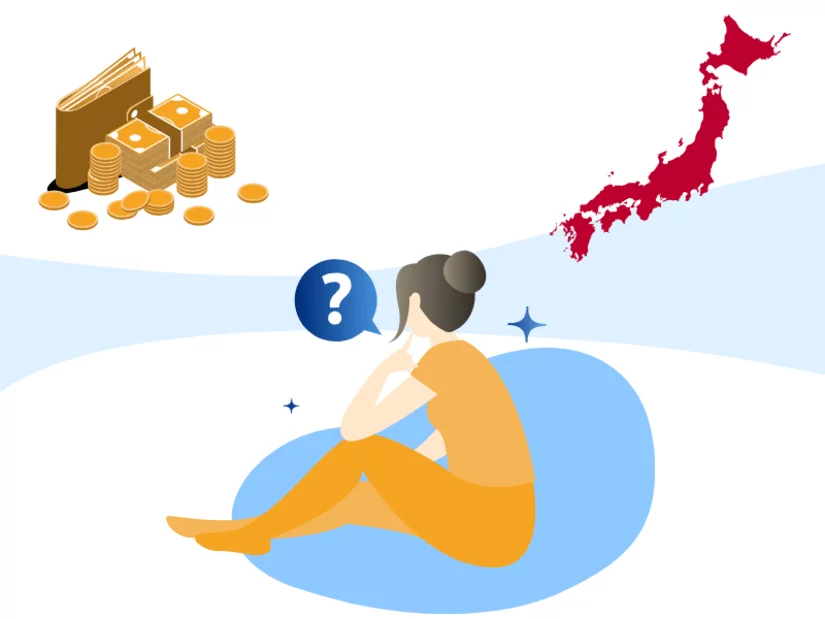
Understanding Payment Methods in Japan
Japan has long been recognized for its unique blend of tradition and innovation, and this extends to its payment methods. As of 2024, Japan’s payment landscape has evolved significantly, influenced by technological advancements, changes in consumer behavior, and a growing global economy. This article explores the various payment methods available in Japan, highlighting their features, advantages, and suitability for both residents and visitors.
1. Cash: A Persistent Preference
Despite the increasing popularity of cashless payments, cash remains a significant part of daily transactions in Japan. In 2024, approximately 20% of all transactions are still conducted in cash, reflecting a cultural preference for physical currency.
- Advantages of Cash:
- Widely Accepted: Cash is accepted almost everywhere, from convenience stores to traditional markets.
- No Transaction Fees: Unlike some digital payment methods, using cash does not incur additional fees.
- Privacy and Security: Cash transactions are anonymous, making them appealing for those who prioritize privacy.
- Challenges of Cash:
- Inconvenience for Large Purchases: Carrying large amounts of cash can be cumbersome, especially for expensive items.
- Limited Availability of ATMs: While urban areas have numerous ATMs, rural regions may have fewer options, particularly for foreign cards.
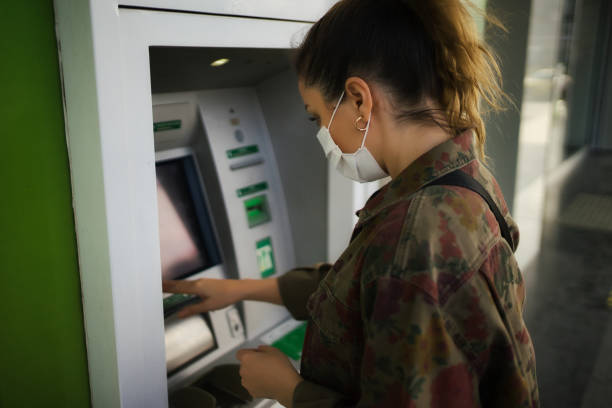
2. Credit and Debit Cards
Credit and debit cards have gained traction in Japan, with around 40% of transactions being made via card payments in 2024. Major credit card companies, including Visa, MasterCard, American Express, and JCB, are widely accepted.
- Advantages of Credit and Debit Cards:
- Convenience: Easy to use for online and in-store purchases.
- Rewards and Benefits: Many cards offer rewards programs, cash back, or travel points. (Example: Rakuten point with Rakuten Credit card)
- International Acceptance: Useful for travelers, as they are accepted in various locations worldwide.
Challenges of Credit and Debit Cards:
- Not Universally Accepted: Some small businesses and rural areas may only accept cash.
- Fees for Foreign Transactions: Depending on the card, foreign transaction fees may apply.
- Hard to get as a foreigner: Depending on the card in your personal situation, but you might face difficulties to get a credit card, the easier is often the Rakuten credit card.
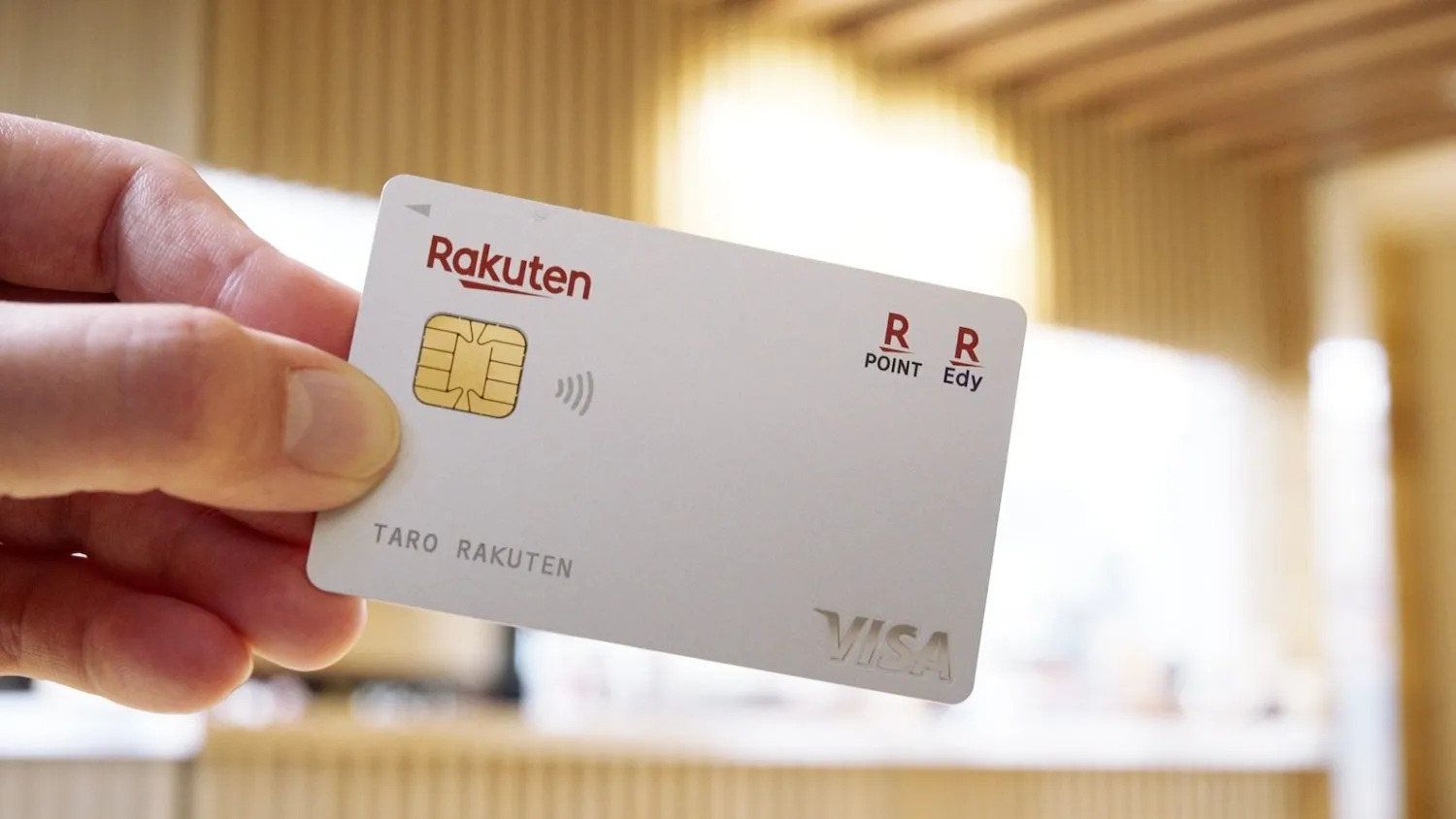
3. Mobile Payments
Mobile payment systems have surged in popularity in Japan, with services like PayPay, LINE Pay, Merpay, and Apple Pay leading the way. By 2024, mobile payments account for approximately 30% of all transactions.
- Advantages of Mobile Payments:
- Speed and Efficiency: Transactions are quick and can be completed in seconds.
- Integration with Loyalty Programs: Many mobile payment platforms allow users to collect points and discounts seamlessly.
- Contactless Options: Enhanced safety through contactless payments, reducing the need for physical contact.
Challenges of Mobile Payments:
- Dependency on Smartphone: Users must have a compatible smartphone and a stable internet connection.
- Limited Acceptance: While many retailers accept mobile payments, some smaller shops may not.
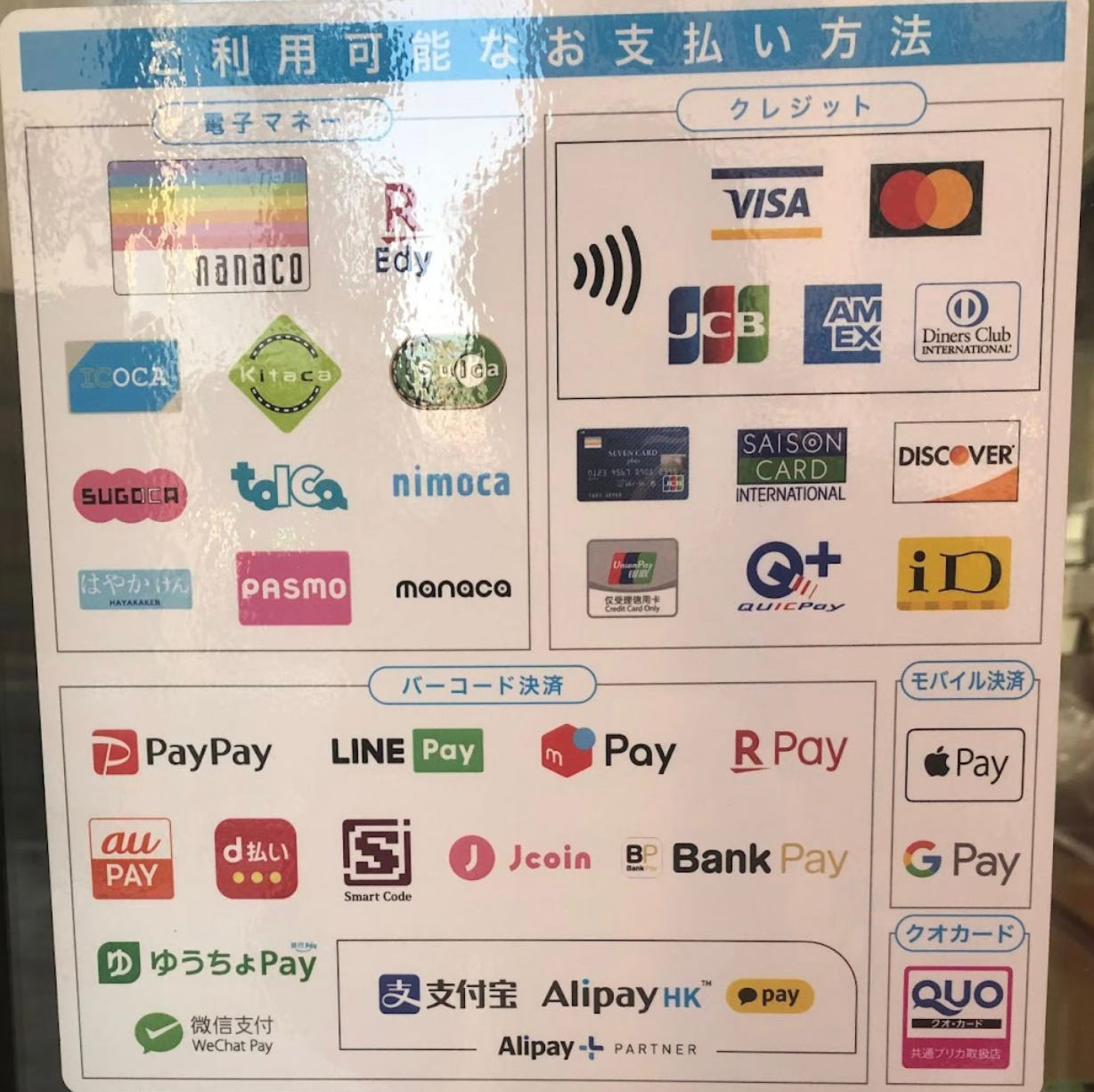
4. E-Wallets
E-wallets are digital wallets that store users’ payment information for online and in-store purchases. Popular e-wallets in Japan include . In 2024, e-wallets are increasingly used for both local and international transactions.
- Advantages of E-Wallets:
- Secure Transactions: E-wallets typically offer robust security features, including encryption and two-factor authentication.
- Centralized Payments: Users can store multiple payment methods in one place, simplifying transactions.
- Easy International Transactions: E-wallets often support various currencies, making them ideal for tourists.
- Challenges of E-Wallets:
- Potential Fees: Some e-wallets charge transaction or withdrawal fees.
Limited Usage in Certain Stores: Similar to mobile payments, not all retailers accept e-wallet transactions
.
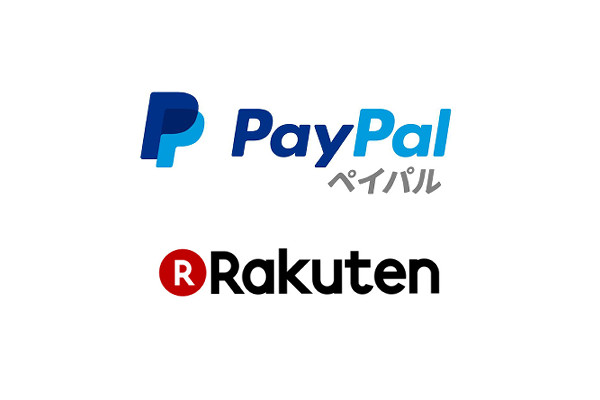
5. QR Code Payments
QR code payments have gained significant traction in Japan, especially during the COVID-19 pandemic, as consumers sought contactless payment solutions. Platforms like PayPay and LINE Pay allow users to pay by scanning QR codes.
- Advantages of QR Code Payments:
- Ease of Use: Users can pay with just a scan, making the process quick and straightforward.
- No Need for Cash: QR codes allow for cashless transactions, catering to the growing trend toward digital payments.
- Incentives: Many QR code payment services offer discounts and promotions to encourage usage.
- Challenges of QR Code Payments:
- Dependence on Technology: Users must have a smartphone and the necessary apps installed.
Varied Acceptance: While popular, some businesses may not have adopted QR code payment systems yet.
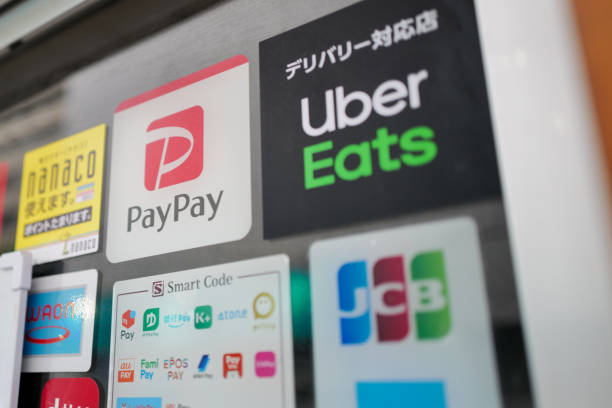
6. Bank Transfers
Bank transfers, or furikomi, remain a common method for large transactions, such as paying rent or utility bills. In 2024, bank transfers account for a significant portion of business-to-business transactions.
- Advantages of Bank Transfers:
- Secure for Large Amounts: Bank transfers are a safe way to send large sums of money.
- No Physical Presence Required: Transfers can be done online, eliminating the need to visit a bank.
- Challenges of Bank Transfers:
- Time-Consuming: Transfers may take a few days to process, especially for interbank transactions.
Limited International Transfers: International bank transfers can incur high fees and unfavorable exchange rates.
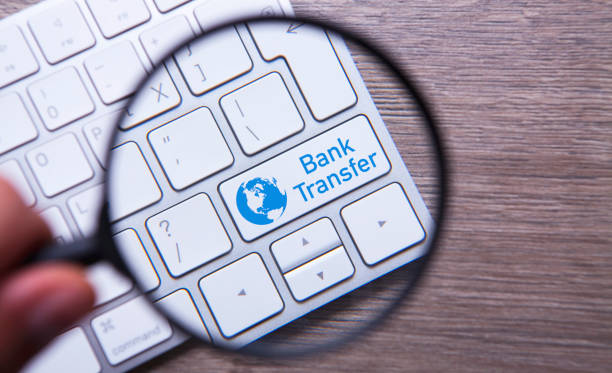
7. Prepaid Cards
Prepaid cards are popular among both residents and tourists, offering a convenient way to manage spending. These cards can be loaded with a specific amount of money and used like debit cards.
- Advantages of Prepaid Cards:
- Budgeting Tool: Users can control their spending by only loading a set amount.
- Gift Options: Prepaid cards make excellent gifts for friends and family.
- Widely Accepted: Most prepaid cards are accepted at various merchants across Japan.
- Challenges of Prepaid Cards:
- Reloading Fees: Some cards may charge fees for reloading funds.
- Limited Features: Prepaid cards may not offer the same benefits as credit cards, such as rewards programs.
Suica and ICOCA Cards: The Ubiquitous Travel and Payment Solution
In 2024, Suica and ICOCA cards remain essential tools for both commuters and tourists navigating Japan’s transportation systems. Originally designed as prepaid smart cards for use on trains, buses, and subways, they have evolved into versatile payment options for daily purchases. Suica, issued by JR East, is widely used in the Tokyo area, while ICOCA, from JR West, is more common in the Kansai region, including Osaka, Kyoto, and Kobe.
These cards are not just limited to transport—users can also pay for items at convenience stores, vending machines, and even some restaurants by simply tapping their card at the reader. Both cards can be loaded with funds via ticket machines or convenience stores, making them a convenient, cashless option for everyday transactions across Japan. With the rise of mobile apps like Mobile Suica, users can even integrate these cards into their smartphones, adding flexibility and ease for digital payments.

Conclusion
In 2024, Japan’s payment methods reflect a dynamic landscape that caters to diverse consumer needs. While cash continues to play a significant role, the rise of credit and debit cards, mobile payments, e-wallets, QR code payments, bank transfers, and prepaid cards illustrates the country’s commitment to innovation. As Japan embraces these changes, residents and visitors alike can enjoy a range of options that enhance their purchasing experience. Understanding these payment methods will empower users to make informed decisions, ensuring that they can navigate Japan’s unique financial ecosystem with ease. Whether you prefer the familiarity of cash or the convenience of digital payments, Japan offers a payment solution that suits everyone.
